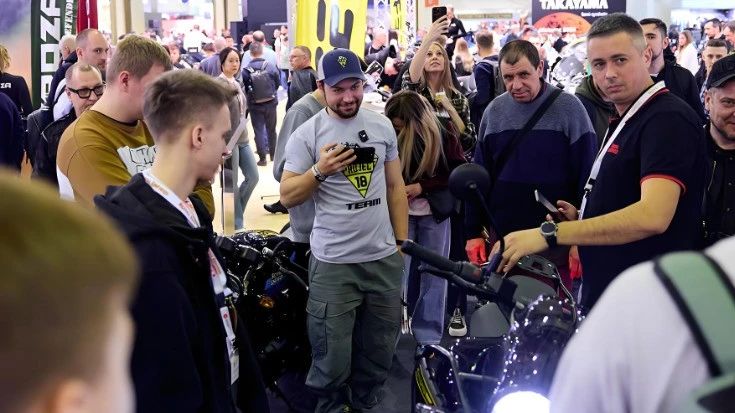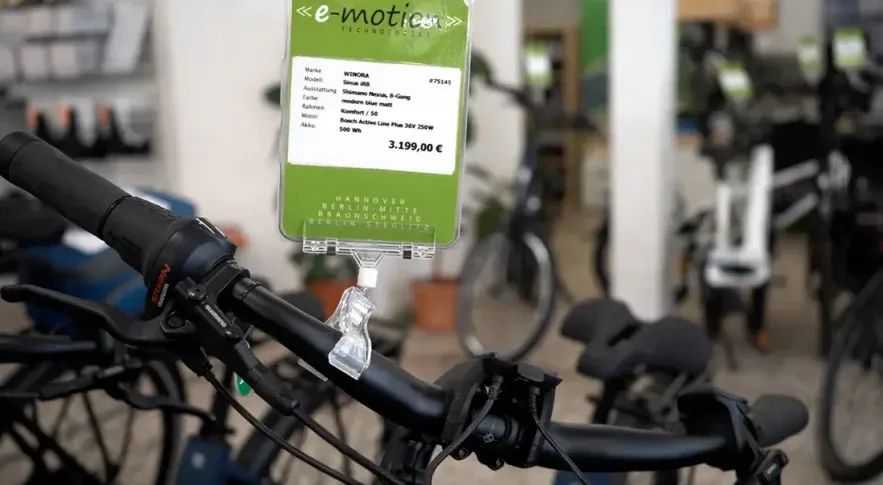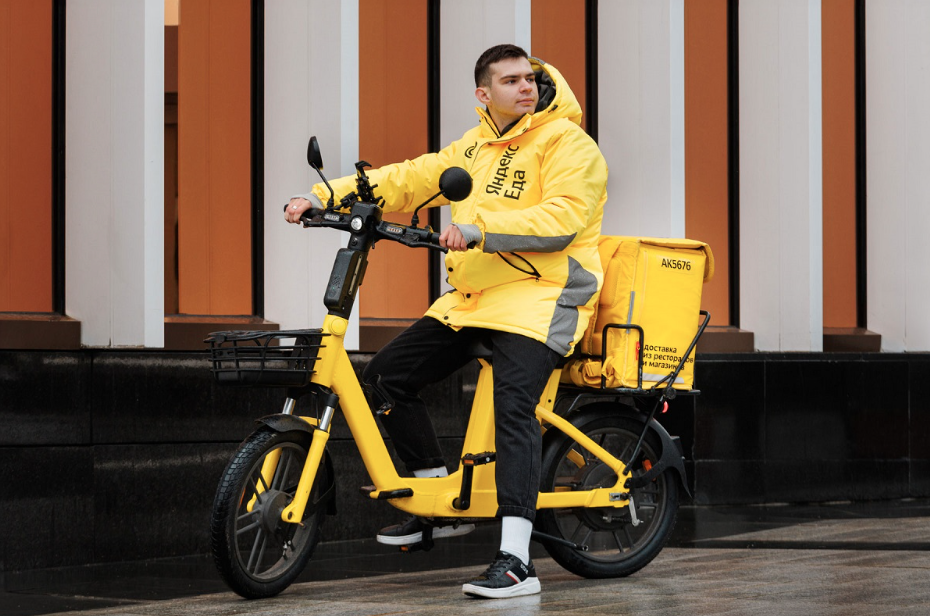With the prolonged Russia-Ukraine conflict and the large-scale exit of Western automotive companies from the Russian market, Chinese electric vehicle (EV) brands have gained new strategic space. In 2024, sales of electric vehicles in Russia surged by 350% year-on-year, with Chinese brands accounting for over half of the market. Despite the economic slowdown caused by Western sanctions, Russia's resilient energy exports and supportive industrial policies have fostered a consumer market defined by "downgraded consumption, yet rigid demand."

1. Electric Vehicles Are No Longer Seasonal
Traditionally, the Russian market for personal electric mobility devices displayed strong seasonality, with most sales concentrated between April and July. However, the latest data reveal a structural shift: In March 2024, electric scooter usage surged by 50% year-on-year, far exceeding typical early spring levels. August sales rose 33% compared to 2023, reflecting a trend of "off-seasons becoming active and peak seasons booming."
To date, monthly sales have shown a flattening curve, indicating that Russian consumers are transitioning from seasonal to year-round usage. This reflects both technological breakthroughs in cold-weather adaptability and the growing appeal of low-cost travel options amid fluctuating energy prices.

2. Western Brands Exit, Creating a Supply Crisis in Russia's Bicycle Market
Before the war, Russia's bicycle market maintained an annual growth rate of 7–8%, with over 3 million units sold annually, two-thirds of which were imported. Following the outbreak of war and subsequent sanctions, major Western brands such as SRAM and Trek withdrew, leading to severe supply-demand imbalances. Retail prices for various models have surged by 15–30%.
Compounding the issue, the Russian bicycle industry faces payment restrictions. Large domestic brands depend heavily on imported components, yet sanctions against Russian banks have drastically reduced imports from the EU.
In response, Russia has strengthened domestic industrial support, leading to modest increases in the market share of local brands. Some distributors are also actively seeking new supply chains. As one of Russia's most important pre-war bicycle suppliers, China is well-positioned to become a key partner. Meanwhile, Russian government policies are promoting the adoption of electric bicycles, creating significant market potential for Chinese manufacturers.

3. Chinese EVs Gain Popularity on the Russian and Ukrainian Frontlines
Yadea electric vehicles have become the primary mobility equipment for Russian troops, while Ukrainian forces are heavily equipped with Aima EVs.
Just like drones, the widespread use of electric bikes on the battlefield signals a new mode of warfare, one defined by agility, stealth, and mobility. These vehicles challenge traditional mechanized warfare paradigms.
For China, this trend offers both opportunities and challenges. On one hand, there is a pressing need to further innovate and apply electric vehicle technologies; on the other, it is crucial to develop countermeasures and training for anti-EV warfare to stay prepared for emerging conflict scenarios.
4. Yandex's Electric Delivery Bike: A Glimpse at "Battle-Hardened" Russian Design
Russian tech giant Yandex has launched an electric bicycle tailored for food delivery and courier services, aiming to penetrate the local last-mile logistics market.
This vehicle features a lightweight frame, a spacious saddle, wheel mudguards, and racks specifically designed for delivery needs. To withstand Russia's harsh winters, it is equipped with specially heated high-efficiency batteries that maintain voltage stability during cold-weather charging. Additional features include a USB port for mobile phone charging and a capped speed below 45 km/h. Powered by Yandex's advanced Internet of Things (IoT) systems, the vehicle can exchange data with central servers for automatic speed regulation.

5. Conclusion
As the Russia-Ukraine war remains unresolved, China's EV expansion into the Russian market has gone beyond traditional commercial logic. It now serves as a litmus test for the resilience of globalized strategies. When electric two-wheelers shift from civilian mobility tools to battlefield assets, and when consumer markets intertwine with geopolitical realities, each step forward by Chinese enterprises contributes to the rewriting of global supply chain dynamics. For Chinese intelligent manufacturing, a new chapter is unfolding.
